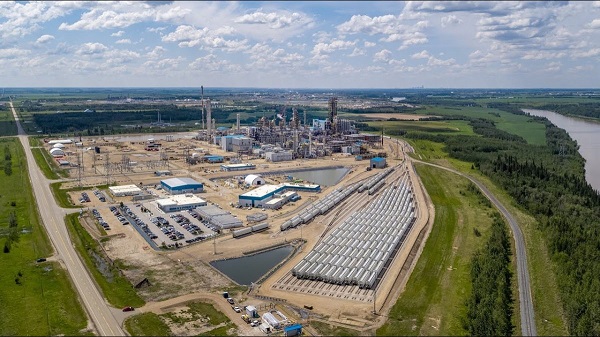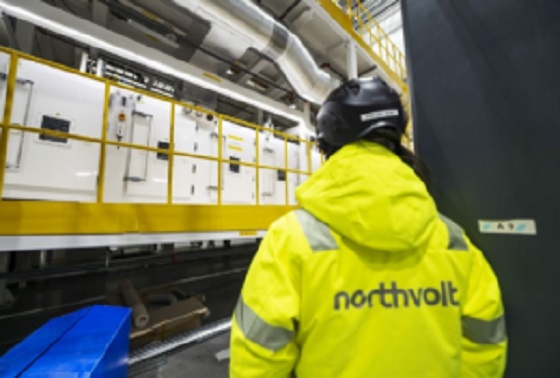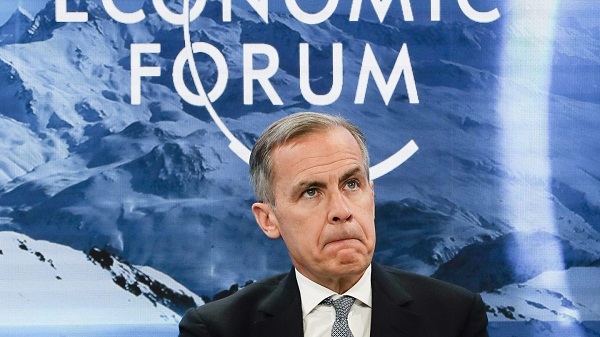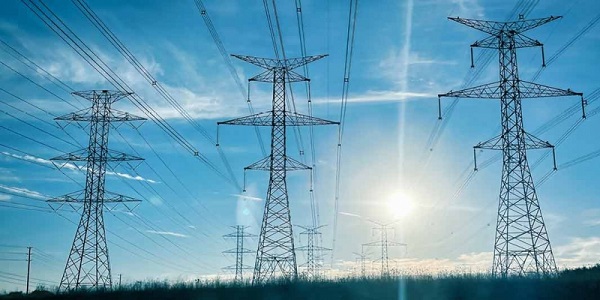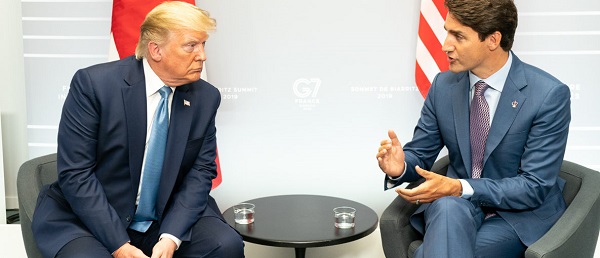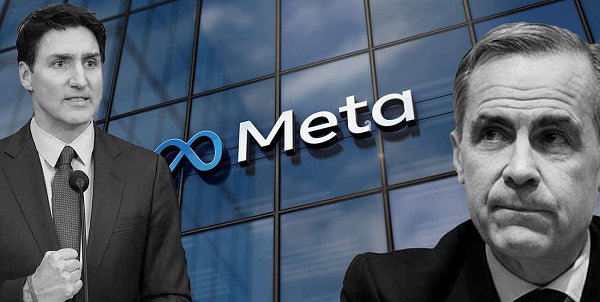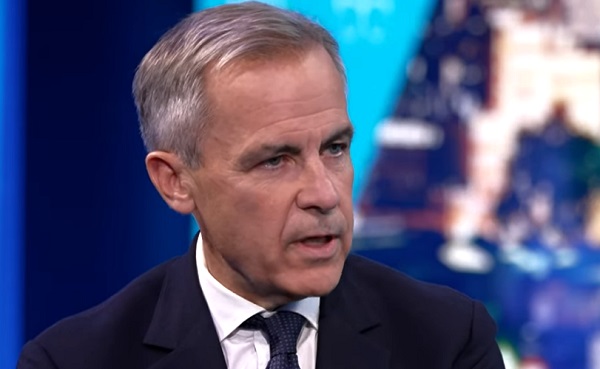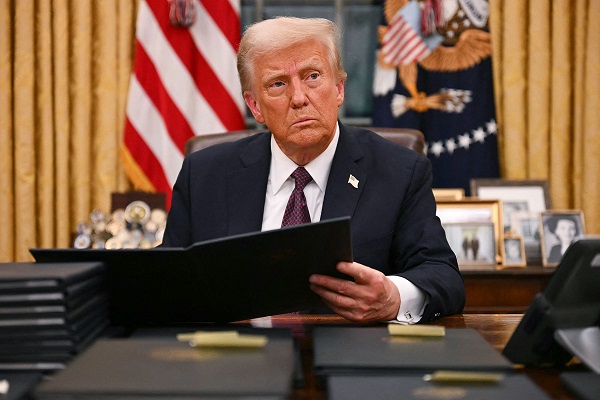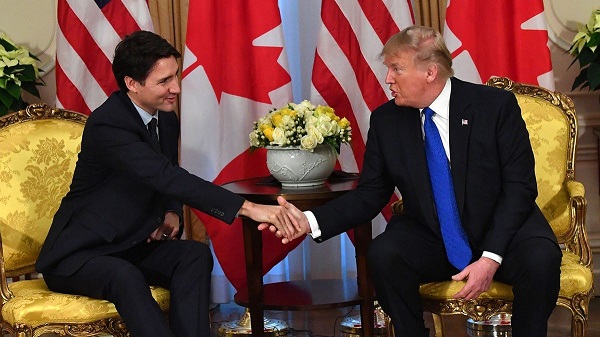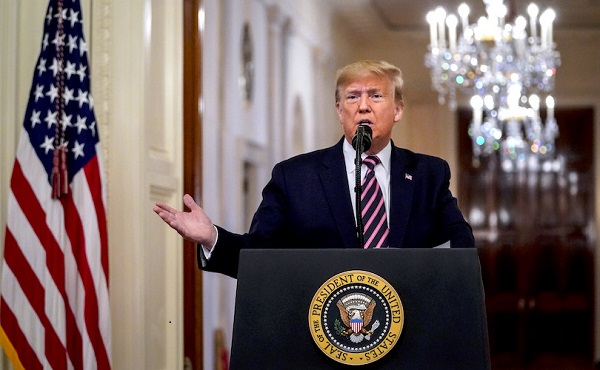By Jim Warren
Northvolt, a wannabe electric vehicle (EV) battery manufacturing superstar, based in Sweden filed for Chapter 11 bankruptcy protection in the US on November 21, 2024. In just eight years the company had blown through $15 billion USD in startup capital. Bloomberg says it was one of the most indebted companies to file for bankruptcy in the US in 2024.
Northvolt promised to be everything green transition crusaders could hope for in a company. And it isn’t surprising the “whiz kids” in the Prime Minister’s Office and the environment ministry made sure Canada got in on the action. According to Bloomberg, Canada made pledges amounting to $7.3 billion CAD ($5.4 billion USD) in loans, equity stakes and subsidies for Northvolt.
Canada’s investments included support for the construction of four electric vehicle (EV) battery factories—one in B.C., two in Ontario and one in Quebec. As of today, only a cockeyed optimist could believe those four plants will be churning out batteries any time soon, if ever.
Unfortunately, the Northvolt investment represents just 14% of money the federal government has bet on the future of EVs and electric batteries. According to Canada’s Parliamentary Budget Officer (PBO), since 2020 the federal government has invested $52.5 billion in various projects throughout the EV supply chain.
Northvolt was supposed to be a cutting-edge EV battery innovator. It had the cachet of companies claiming to be implementing next-generation technology. When the company was launched in 2016 it was hailed as Europe’s flagship entry into the international race to produce enough non-Chinese batteries to support a widely anticipated boom in electric vehicle demand in Europe and North America.
For eight years Northvolt rode the wave of green propaganda that accompanied government regulations phasing out the production of vehicles with internal combustion engines. The company further endeared itself with environmentalists by claiming it would be at the forefront of development for the mammoth batteries required to back up solar and wind power generation.
The Economist reports that prominent Wall Street players like BlackRock, Goldman Sachs and JPMorgan Chase ditched any aversion they might have had for getting into business with governments. They contributed to the $15 billion in startup money. Governments got on the Northvolt band wagon. Northvolt received $5 billion USD in grants from five countries: Canada, the European Union (EU), Poland, Germany and of course Sweden.
Private investors weren’t deterred by the fact governments had “picked a winner.” They actually liked the fact governments were backing Northvolt. They assumed the governments of wealthy countries dedicated to Net Zero by 2050, would patiently nurse Northvolt through its growing pains and back it financially when setbacks arose. Risks would be minimized—success was as close to guaranteed as anyone could hope to expect.
Governments in Europe as well as Canada had been busy implementing policies designed to reduce CO2 emissions and combat climate change. Building EV batteries dovetailed nicely with those goals. It was a virtuous circle of mutually reinforcing virtue signaling.
Around the same time it was becoming fashionable for businesses to adopt the principles of Environmental, Social and Governance (ESG). “Progressive” investors including union pension funds required companies they invested in to adopt the goals of environmental sustainability, diversity, equity and inclusion—the core missions of ESG.
Some of Europe’s car makers got behind Northvolt. They wanted to see a vertically integrated European EV industry developed to better withstand competition from cheaper Chinese imports. VW, BMW and Scania AB pre-ordered $50 billon USD worth of Northvolt’s products.
By the fall of 2024, Northvolt already had at least one foot planted on a banana peel. But that didn’t prevent 24 lenders including JPMorgan Chase from throwing it a $5 billion USD lifeline. According to The Economist, this was the biggest “green loan,” ever made in Europe. It apparently wasn’t big enough to prevent the company from filing for Chapter 11 protection.
Odd as it seems in hindsight, private sector investors had embraced a project led by politicians, bureaucrats and research scientists with little to no experience in commercializing their lab experiments. The company’s inability to meet the technical challenges of increasing production to the point of commercial viability was one of the reasons it failed. It turns out it is hard to transform next-generation technology from ideas that work in a test tube into something that makes money.
Ironically, it is car makers from China who are best placed to capitalize on Northvolt’s downfall and dominate Europe’s EV and battery markets. Without tariff support European and North American automakers simply won’t be able to compete with the less expensive government-subsidized Chinese made models.
In 2015 the Chinese government launched its ambitious “Made in China 2025” project. Under the program the government has plowed hundreds of billions into industries that combine digital technology and low emissions technologies. The EV sector was one of the program’s big success stories. Last year, BYD a Chinese manufacturer, overtook Tesla to become the world’s biggest EV producer.
This past November The Economist reported, Chinese auto makers already account for two-thirds of global EV production. They had sold 10 million of them in the previous year. Chinese manufacturers also made 70% of the EV batteries produced globally in 2024. Big investments in factory automation in Chinese EV plants have increased per worker productivity, reducing manufacturing costs.
Government subsidies combined with manufacturing know-how succeeded in creating the world’s most significant EV and EV battery manufacturing industries in China but similar efforts in Europe and North America (e.g. Northvolt) are struggling. It is embarrassing to realize China has become the world’s largest manufacturer and exporter. The West has been left in the dust when it comes to making things like solar panels and EVs.
Europe’s car makers are pressing their governments to limit the number of Chinese made EVs sold in Europe. Yet some EU member states like Germany are reluctant to antagonize China by putting tariffs on its EVs—many German manufacturers rely on access to the Chinese market.
EV sales declined by 5% across Europe in 2024 and high prices for European models are one of the factors responsible for declining sales. Allowing cheaper Chinese EVs into Europe tariff-free should improve EV sales making it more likely that governments’ emissions targets are met. But that makes it more likely that some European car makers will struggle to remain profitable. If large numbers of auto workers are laid off in Europe it will signify the breaking of a major promise made by environmentalists and governments. They have consistently assured people the green transition would create more than enough new green jobs, to make up for job losses in high emissions industries.
The bad news for EV champions extends beyond Europe. Donald Trump has signed an executive order killing federal grants to consumers purchasing electric vehicles. Getting rid of the Biden administration’s EV subsidies should give internal combustion engines a new lease on life. You have to wonder how Trump squared that move with Elon Musk. Perhaps Trump’s promise of tariffs on Chinese goods has been enough to satisfy Tesla. It helps that many EV purchasers in the US prefer big luxury models since the Chinese don’t make too many electric Hummers.
Here in Canada, the Liberal government has said it will cease subsidizing EV purchases as of March 31. It looks more and more like the wheels are coming off the Trudeau-Guilbeault environmental legacy.
While the EV markets in Europe and North America are on shaky ground it is unlikely Northvolt will find the investors required for another last minute bailout. That’s good news for people concerned about Canada’s fiscal health–the Liberals won’t be able to blow any more money on Northvolt if it doesn’t exist.
Related

